Time is the most precious commodity in any industry. Speed in obtaining raw data to identify trends is invaluable. It gives you time to plan. While economists and other market watchers waited until early March to see if China’s manufacturing plants were operating with the release of satellite air pollution data, those who followed the flow of trade were ahead of the game.
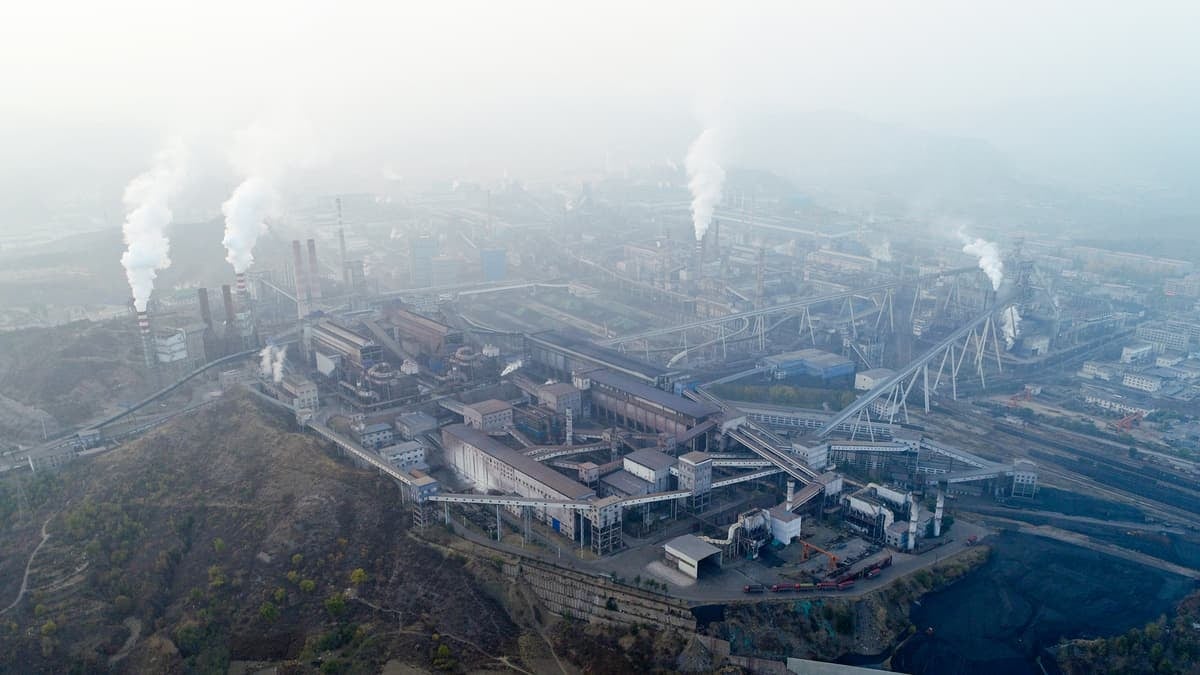
(Photo credit: Shutterstock)
Air pollution data, while good, is backward looking because you need to wait for the pollution to build up. This lag can cost valuable time. If you tracked the recovery of manufacturing and drayage, you would have been ahead of the game. The reigniting from the bottom up of the trade food chain showed the manufacturing recovery long before the smog.
As early as February 21st, Worldwide Logistics began seeing the slow resumption of work at the manufacturing plants. Drayage, on the other hand, was at the mercy of quarantine and restrictions in trans-province service. This of course makes sense. While it was great manufacturing plants were ramping back up, drivers and open roads are the critical components to the movement of the supply chain.

Drayage by far would be the most important indicator in the restoration of trade. By February 28th, as those restrictions were lifted, more people were able to go back to work. This was reflected in the recovery data.
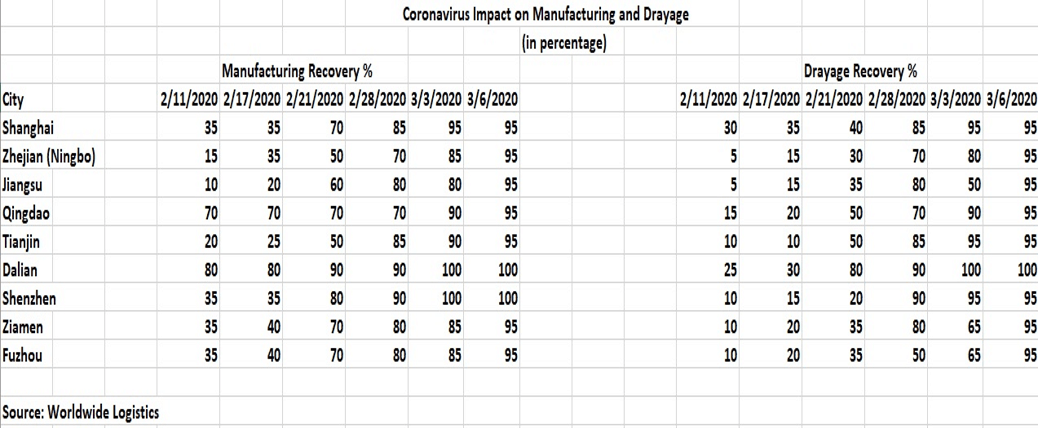
Based on the progress of manufacturing and drayage, you knew containers were being loaded. The expected increase in incoming volumes of TEUs had ports like the Port of Los Angeles (POLA) and those in the intermodal system preparing to avert any slowdown in container movement.
On March 6th, Gene Seroka, executive director of the Port of Los Angeles, announced Geneva-based Mediterranean Shipping Company would bring three 23,000 TEU vessels beginning March 31st to evacuate empties and distressed exports. “This will alleviate buildup and prep for the anticipated uptick in China manufacturing,” explained Seroka. “We are doing everything possible to support the supply chain.”
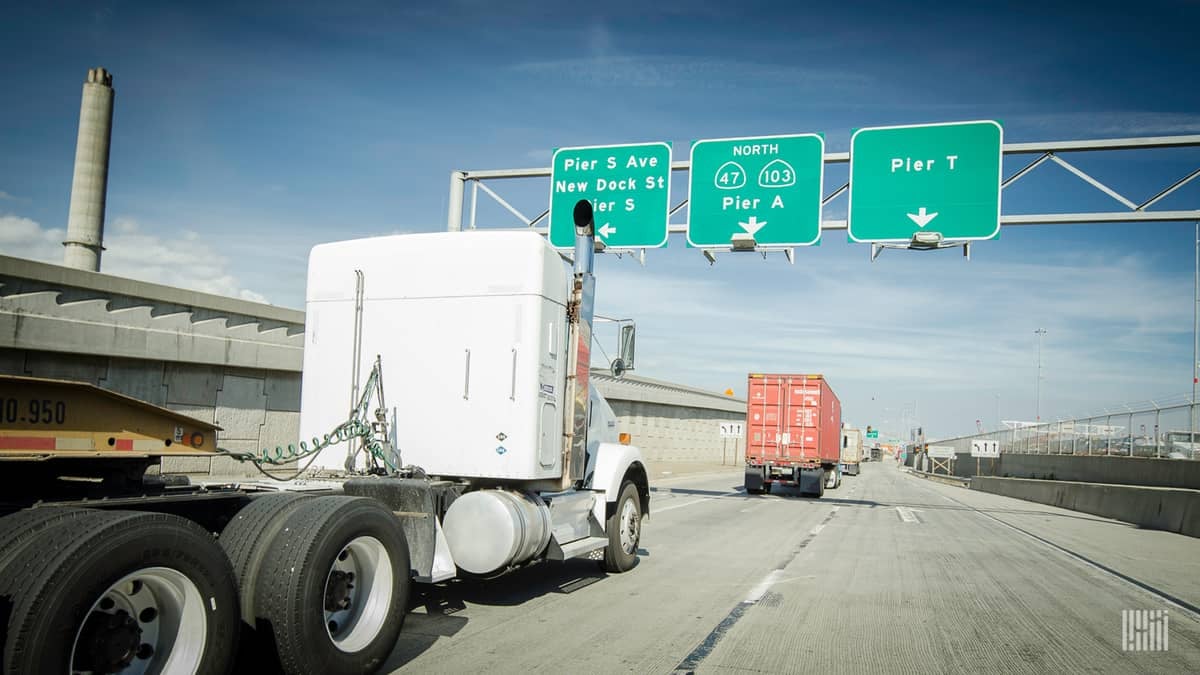
(Photo credit: Jim Allen/FreightWaves)
That supply chain includes OL-USA, which moves general cargo ranging from light bulbs, vases and pet supplies to companies like Home Depot, Lowes and Target.
“Using a very small sample and comparing just the first four days of the first week of March to the same period last year, we are seeing roughly the same booking count with approximately 70 to 80% of the volume from a year ago,” said Alan E. Baer, President of OL-USA.
This increase of TEUs includes not only the volumes of product that were originally scheduled to leave post-Chinese New Year, but the stacks of household containers filled with antibacterial wipes and hand sanitizer.

“With the continued spread of coronavirus across new regions and a burgeoning fear factor coming into play, U.S. consumers are beginning to stockpile various supplies in anticipation of the disruption the virus may cause,” says Ross Spanier, Senior Vice President of Sales & Solutions at GlobalTranz. “For businesses, the challenge is to effectively meet that demand spike, not only from a sourcing and inventory management standpoint but also from a logistics and transportation standpoint. One international retailer has expressed that we should plan for a 35% increase in the retailer’s need for trucking capacity in late March. Suppliers are also turning to their logistics partners to meet the demand surge and keep the goods moving.”
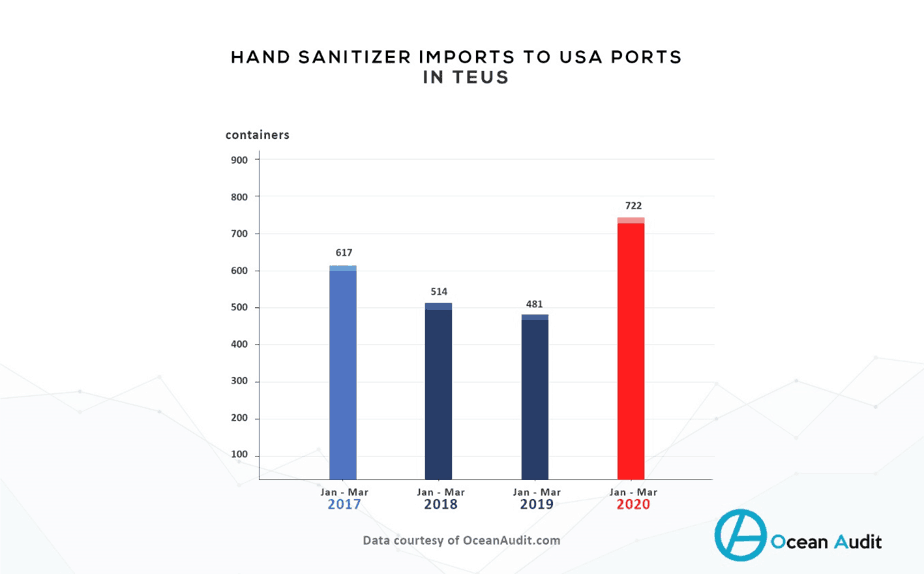
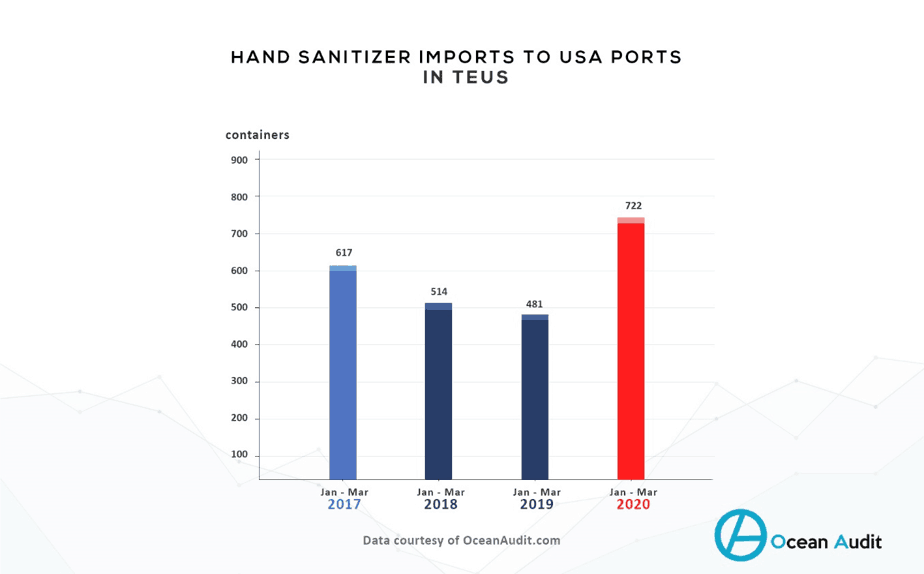
“In 2017, we had the forward loading of antibacterial wipes, which caused excess supply to permeate the supply chains in 2018 and 2019, “ explained Steve Ferreira, CEO of Ocean Audit. “Coupled with the burn off of this inventory and the rise of COVID-19, importers are rapidly ramping up imports to restock empty shelves in 2020.”
Walmart’s antibacterial wipe orders clearly show the impact of the coronavirus on its supply and its need to replenish.
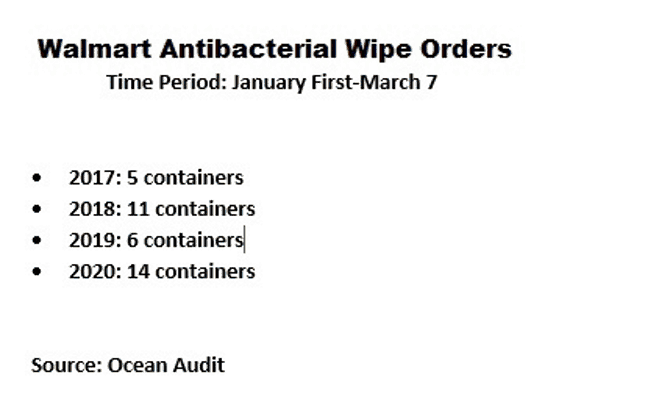
Now that manufacturing and drayage are returning to normal, the location of the blank vessels and port operations are flashing progress.
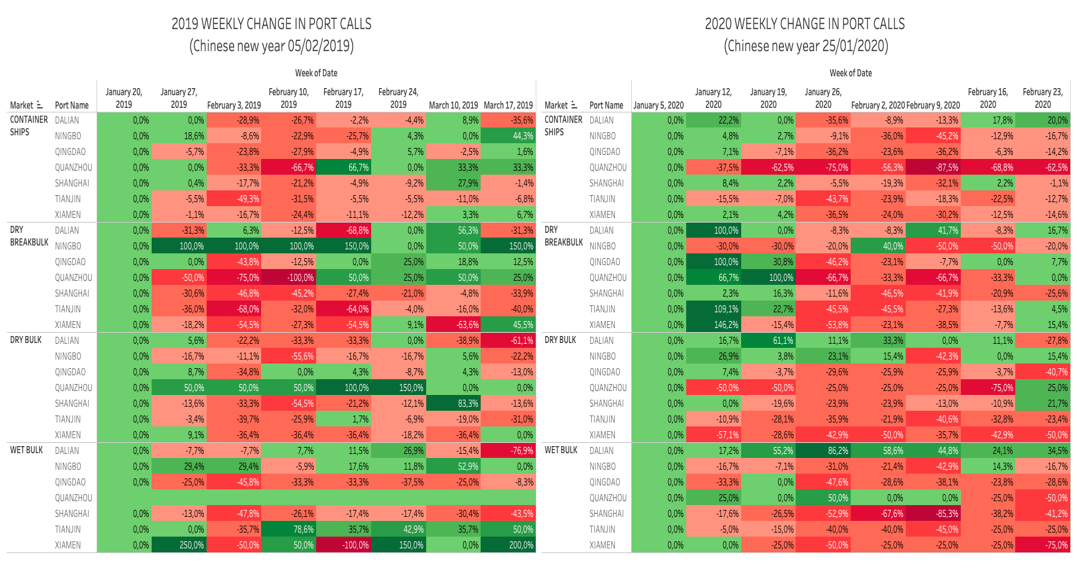
“MarineTraffic ship tracking data show while the slowdown continues for most Chinese ports, the port of Dalian continues to report impressive numbers of departures across all sectors, including container ships where numbers have been on the up two weeks running,” explained Georgios Hatzimanolis of MarineTraffic.
Collectively, this data can provide insight into what kind of recovery the global economies can have. The manufacturing of products and consumption of those products are leading economic indicators. This is why you have POLA removing unwanted TEUs to improve trade flow efficiency. Ports operating on both coasts echo an April return of TEUs.
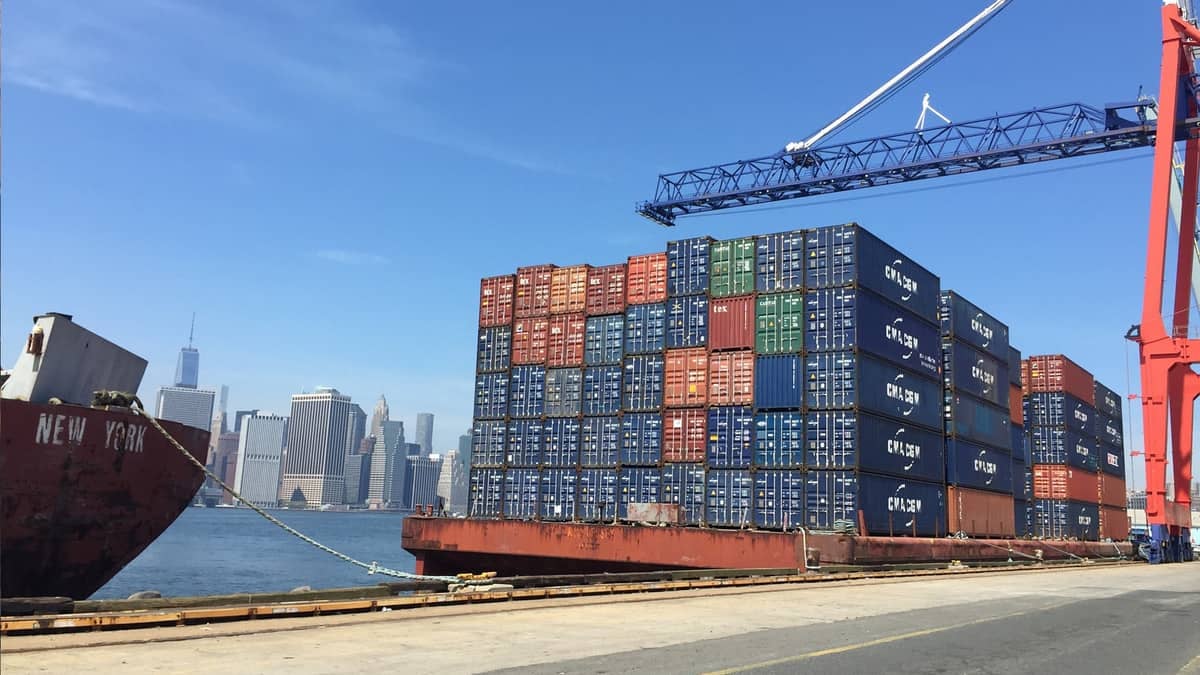
“Assuming that the return of factory production throughout China returns to some level of normalcy, resulting in a vast reduction in the number of blank sailings, the Port of New York & New Jersey will see a rebound from March’s anticipated container volume reduction beginning in mid-April,” said Sam Ruda, the port’s executive director.
“At this point we believe we may have a sense of normalcy as we approach April,” said Mario Cordero, executive director for the Port of Long Beach.
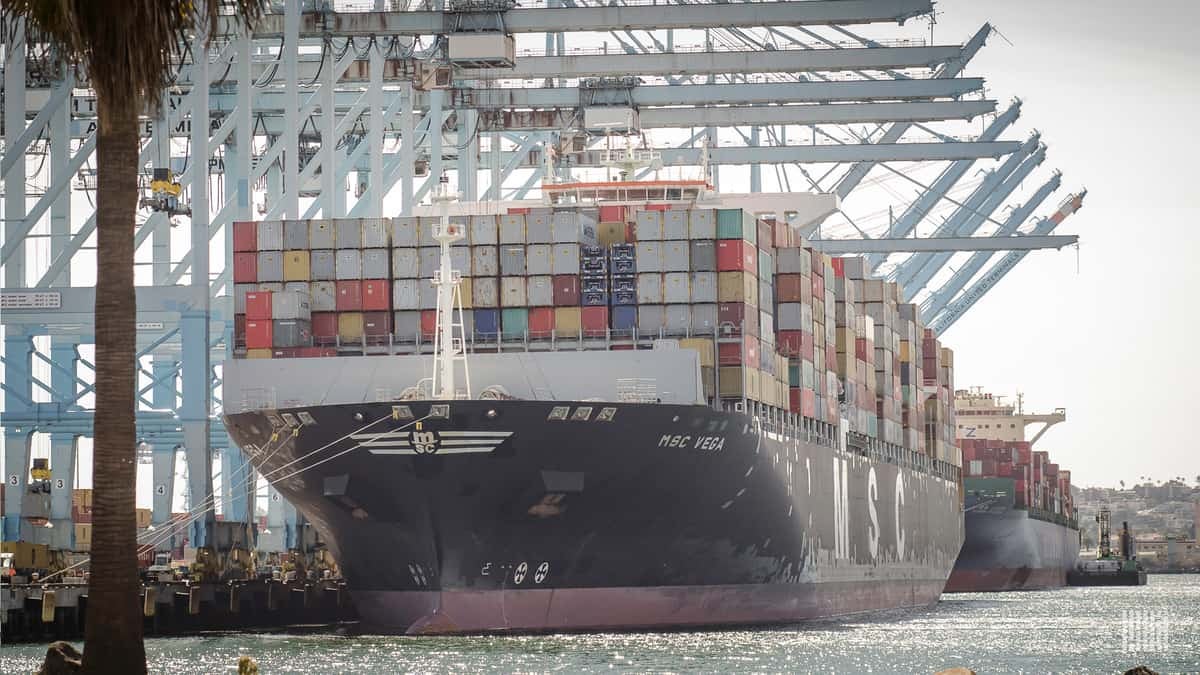
(Photo credit: Jim Allen/FreightWaves)







